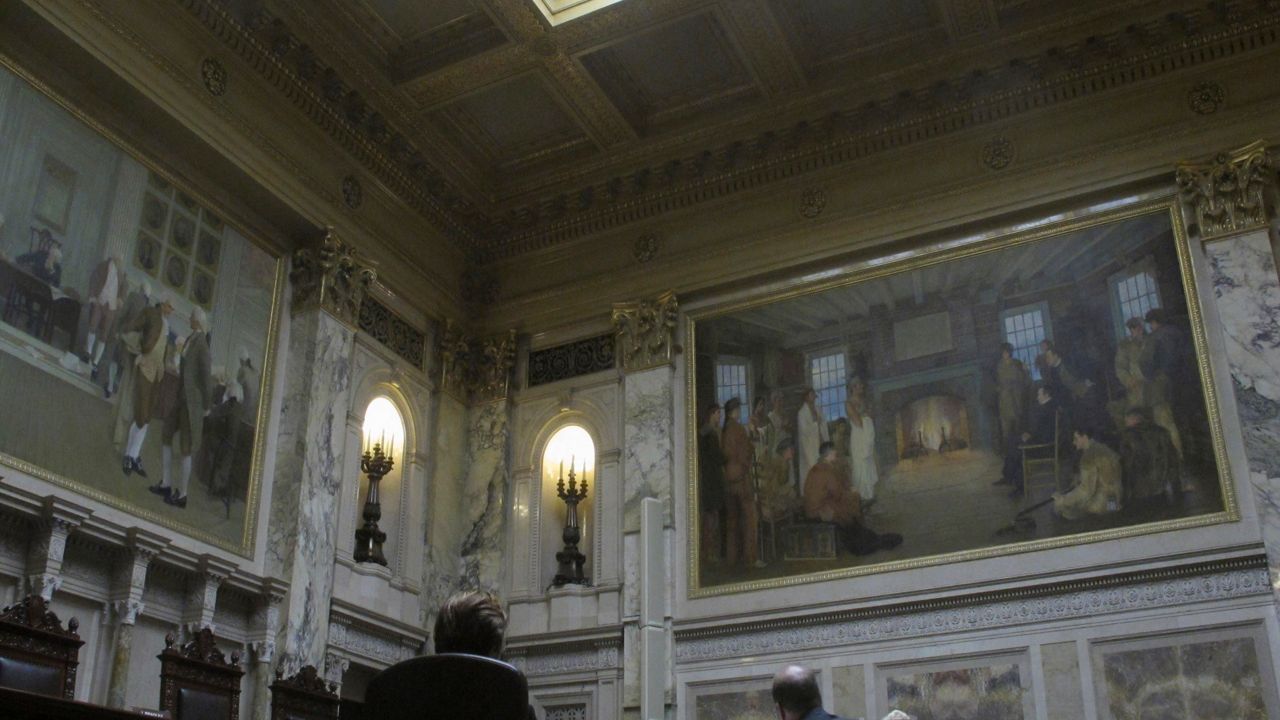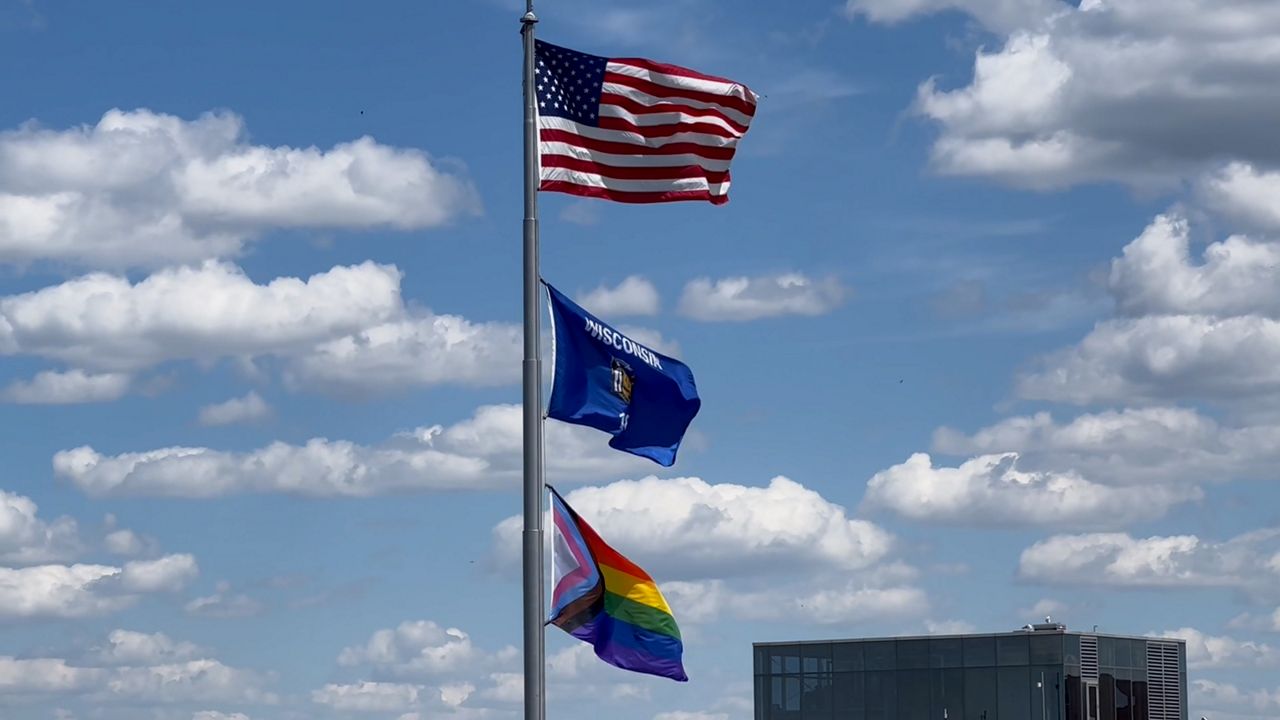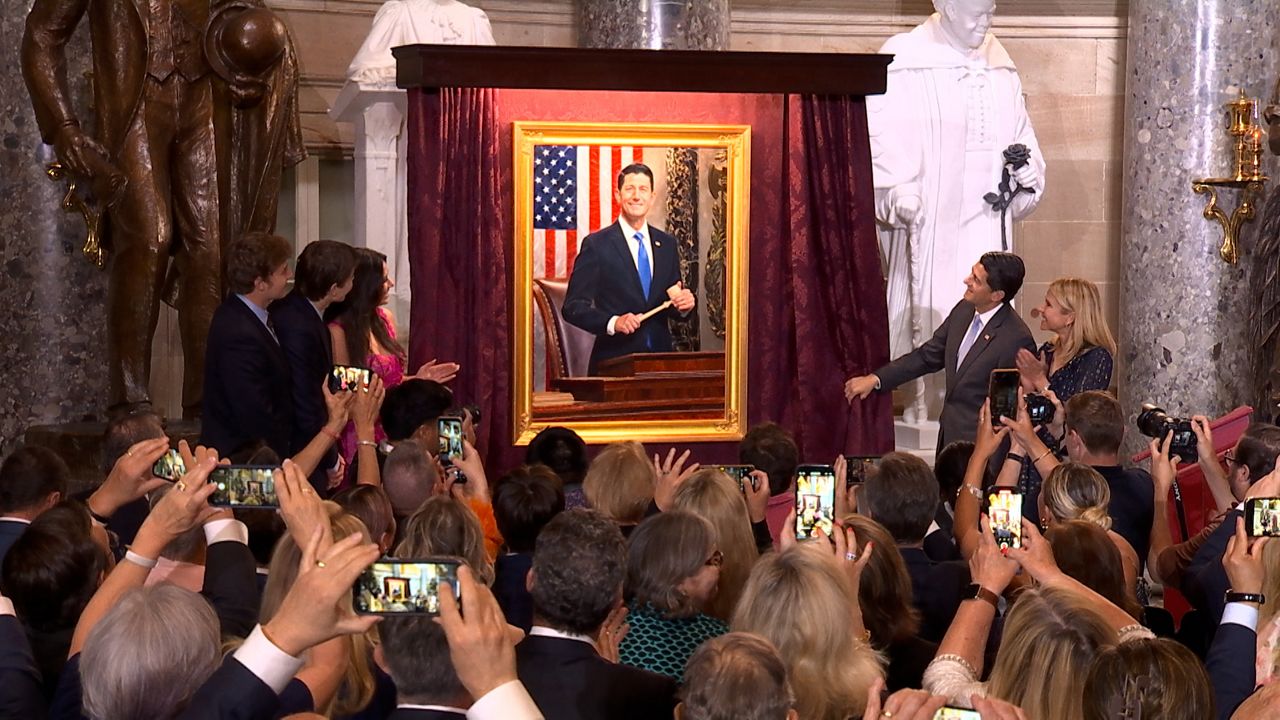MADISON, Wis. — As billions of dollars in federal relief for the COVID-19 pandemic are spent across Wisconsin, a recent report from the nonpartisan Legislative Audit Bureau (LAB) has called for more transparency from Gov. Tony Evers' administration.
You have probably heard of the Coronavirus Aid, Relief and Economic Security (CARES) Act and the American Rescue Plan Act (ARPA). Both types of federal funds were distributed to states in an effort to help respond to COVID-19 public health emergency.

Between March 2020 and June 2022, Wisconsin's Dept. of Administration (DOA) was given nearly $5.7 billion of which only $1.1 billion was earmarked for specific purposes.
As a result, the state got to decide how to spend a big chunk of those dollars, $4.5 billion, any way it wanted.
Under state law, the governor gets to make decisions about such discretionary spending, which has brought criticism from the Republican-controlled legislature over where those dollars went.
The biggest chunk of money, $2.2 billion, went to various state agencies to cover the costs of programs they oversee. Unsurprisingly, a total of $1.8 billion was allocated between the Dept. of Health Services (DHS) and the Dept. of Revenue (DOR).
The DOA spent $1.5 billion on its own programs, which included recovery grants for small businesses and local governments, as well as assistance for tourism, education and child care.
As of June 30, 2022, roughly $1.9 billion had yet to be spent. However, according to DOA, as of December, there was a plan in place for how the rest of that money will be spent.
Here's the bottom line: we have a sense of where this federal money went, but not necessarily why it ended up where it did.
The LAB report makes several recommendations, including one policy change for state lawmakers to consider.
Broadly, the audit called for more documentation of how decisions are made when distributing discretionary funds to certain state programs.
While most of the money has been spent, some of the federal funds do not have to be allocated until December 2026, which is why the report called for more transparency from the DOA going forward.
You can read the full audit report from the LAB here.





